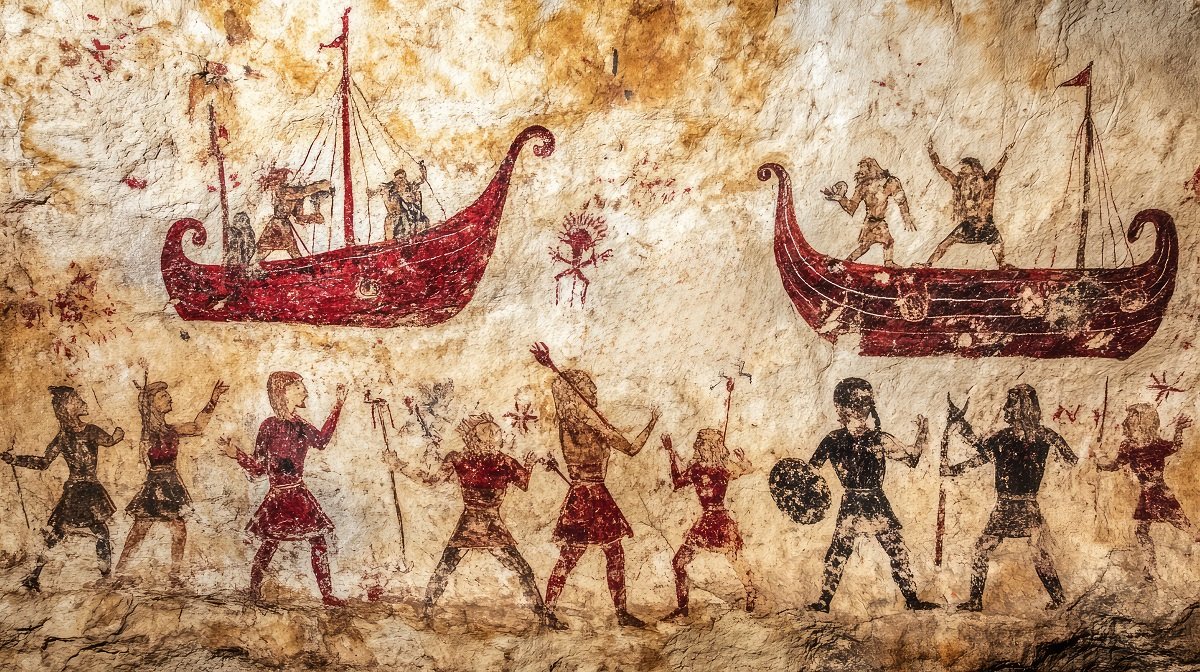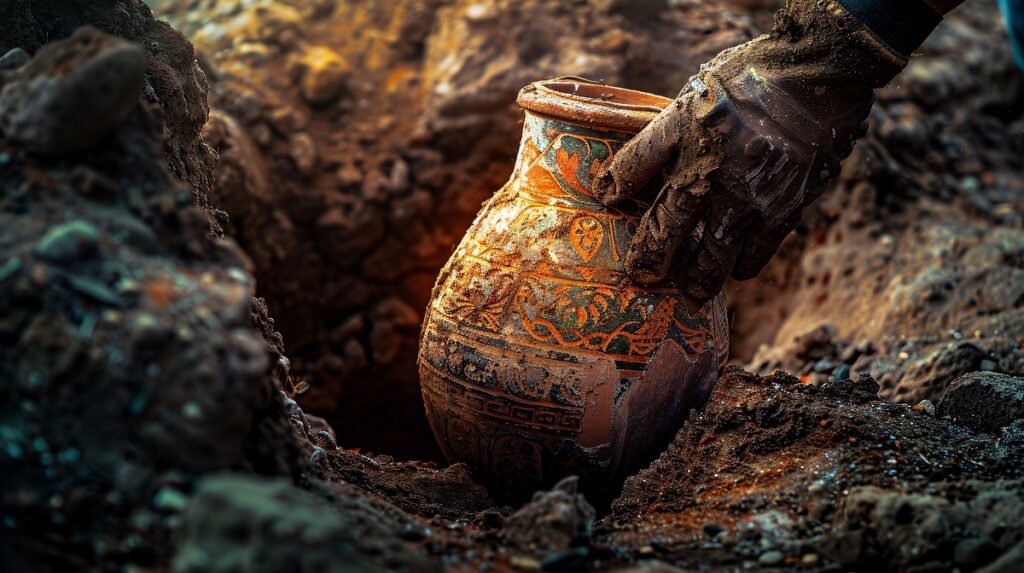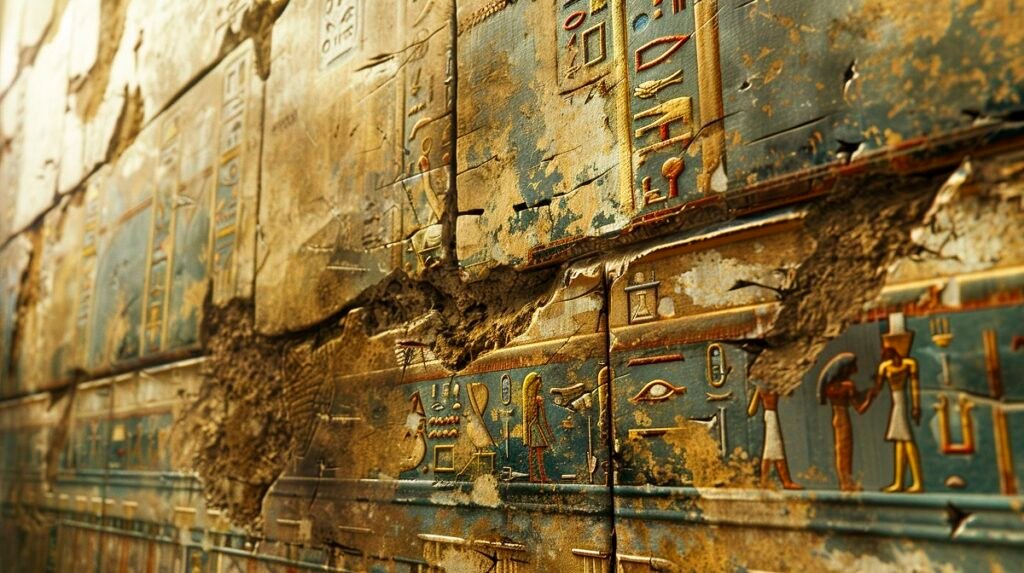
Ancient Artz: Unveiling the Cultural Masterpieces of Early Civilizations
- James Jeorge
- September 6, 2024
- Tech
- Ancient Artz
- 0 Comments
Introduction
Ancient artz is a window into the minds and hearts of early civilizations. It reflects the ways humans interacted with their surroundings, told their stories, and expressed their beliefs. From the towering pyramids of Egypt to the intricate pottery of the Greeks, each piece of art from these ancient times offers a glimpse into a world long past. But what makes ancient art so captivating, and why does it continue to inspire us today?
Understanding Ancient Artz
Definition of Ancient Artz
Ancient artz encompasses the visual arts produced by early human societies, from the dawn of civilization to the fall of the Roman Empire. It includes painting, sculpture, pottery, architecture, and other forms of artistic expression.
Key Characteristics
What sets ancient artz apart is its symbolic nature. Much of it was created not merely for aesthetic purposes but as a reflection of spiritual, political, or social values. Symbolism, storytelling, and religious themes are common in ancient works.
Ancient vs. Modern Artz
While modern art focuses on personal expression, ancient art was often tied to communal purposes, serving as a way to convey messages, tell stories, or honor the gods. The emphasis was on lasting cultural significance, not individual fame.
The Role of Art in Ancient Civilizations
Religious and Spiritual Significance
Art was frequently used as a medium to connect with the divine. Temples, statues, and paintings were made in honor of gods and ancestors, imbuing these works with spiritual power.
Political and Social Influence
Art also served to solidify the rule of kings and emperors. In many ancient cultures, rulers would commission massive statues or frescoes to assert their dominance and depict their victories in battle.
Storytelling and Daily Life
Beyond religion and politics, ancient art was a way to document everyday life. From scenes of hunters in Mesopotamia to domestic scenes on Greek pottery, these works give us a vivid picture of how people lived, worked, and played.

Ancient Artz of Mesopotamia
The Birthplace of Civilization
Mesopotamia, located between the Tigris and Euphrates rivers, is often considered the cradle of civilization. Its artistic legacy includes everything from intricate cylinder seals to colossal ziggurats.
Sumerians, Akkadians, and Babylonians
Each major civilization in Mesopotamia contributed unique styles. The Sumerians were known for their votive statues, the Akkadians for their royal reliefs, and the Babylonians for the famous Ishtar Gate.
Famous Mesopotamian Artifacts
Artifacts such as the Code of Hammurabi, a massive stone stele with one of the earliest written legal codes, highlight the artistry and intellect of the Babylonians.
Egyptian Art: Symbolism and Eternity
Art as a Path to the Afterlife
In Egypt, art was a bridge between the physical and spiritual worlds. Much of Egyptian art, including the iconic pyramids, was designed to ensure a safe journey to the afterlife.
Iconography and Hieroglyphs
Egyptian art is instantly recognizable by its use of symbolic imagery, especially hieroglyphs. These symbols weren’t just decorative; they were essential for conveying messages about power, religion, and the cosmos.
Monumental Structures
From the Great Sphinx to the obelisks, Egyptian architecture combined functionality with artistry, and many of these structures have endured millennia.
The Artistic Legacy of Ancient Greece
Sculptures: Celebrating the Human Form
Greek sculptors were masters of representing the human body in motion. Their statues emphasized idealized beauty, grace, and strength, inspiring artists for centuries.
Pottery: Stories in Clay
Greek pottery, particularly the black-figure and red-figure styles, often depicted mythological stories, daily life, and historical events. These vessels are valuable historical documents as well as works of art.
Influence on Western Civilization
Greek art laid the foundation for Western aesthetic traditions. Its emphasis on harmony, proportion, and beauty remains influential in modern architecture and art.
Roman Art: Expansion and Influence
Adopting and Evolving Greek Traditions
While heavily influenced by Greek art, the Romans expanded the scope of artistic expression, incorporating realism into their portraits and creating large-scale public works.
Mosaics and Frescoes
Roman mosaics and frescoes adorned homes, baths, and public buildings, serving both decorative and narrative purposes.
Architectural Achievements
The Romans were brilliant engineers as well as artists. Their innovations in architecture, such as the development of the arch and the dome, paved the way for modern construction techniques.

Conclusion
Ancient artz is more than a collection of artifacts; it’s a testament to humanity’s enduring creativity, resilience, and desire for expression. Whether through towering monuments or intricate carvings, the art of early civilizations continues to inspire and inform our modern world. It reminds us that, across time and space, the need to create and communicate is a fundamental part of being human.
FAQs
- What defines ancient artz?
Ancient artz refers to creative works produced by early human civilizations, typically before the fall of the Roman Empire, including sculpture, pottery, painting, and architecture. - How did religion influence ancient artz?
In many ancient cultures, art was closely tied to religious practices, with temples, statues, and paintings made to honor deities and ancestors. - Which ancient civilization contributed most to modern art?
Ancient Greece is often credited with laying the foundation for much of Western art, particularly in sculpture and architecture. - Why is the preservation of ancient art important?
Preserving ancient art helps us understand the cultures, beliefs, and daily lives of early civilizations, offering valuable insights into human history. - What challenges are faced in studying ancient artz?
Ethical issues, missing artifacts, and environmental factors all pose challenges to the study and preservation of ancient art.
Read Also:Exploring the Health Potential of BPC 157




